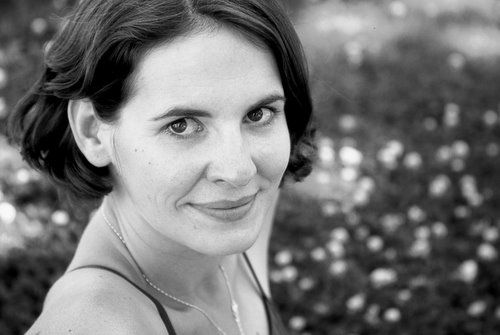
First one has to study the poses. Not studying by reading about them, but by doing them. By experiencing whatever effect they have on us. Often we hear: it's not about who can be the biggest prezel. If it's not that, what is it about?
It's about the energy a yoga pose brings forward. There is nothing to get, there is nowhere to go to. It's already here. Waiting for us to discover it.
We need to understand the three energies that are the fabric of the universe, the three gunas: tama, raja and sattva. Tama is the earth energy: grounding, heavy, still. Its negative aspects are laziness, doubt, hesitation, heaviness. Raja is air; excitement, action, restlessness. Sattva is the peaceful energy that emerges when tama and raja are in balance.
Life is a play, a constant change between these 3 energies. So let's make peace with them and play with these energies! In a yoga pose, let's say tadasana mountain pose, you always want to ground with your feet and legs, that's the tamasic aspect. Tamasic in the positive way, heavy yet strong and engaged. You also want to lift: raja. Lift your chest, lift the sides of your torso equally on both sides. And suddenly there is sattva. Finding that peaceful place in between tama and raja: sattvic energy. An alert, vibrant, peaceful, joyful feeling. That's yoga.
The science of yoga is observing your body, your energy, experiencing how certain poses affect parts of your body or mind. And sometimes this science will turn into art.
"To work with these patterns is to play the music of our own body, our own mind. You count your way into the order of things." N.E. Sjoman
 I was a huge Sting fan, when I was a teenager. My very first concert ever was a Sting concert (Nothing like the Sun)
I was a huge Sting fan, when I was a teenager. My very first concert ever was a Sting concert (Nothing like the Sun)




















